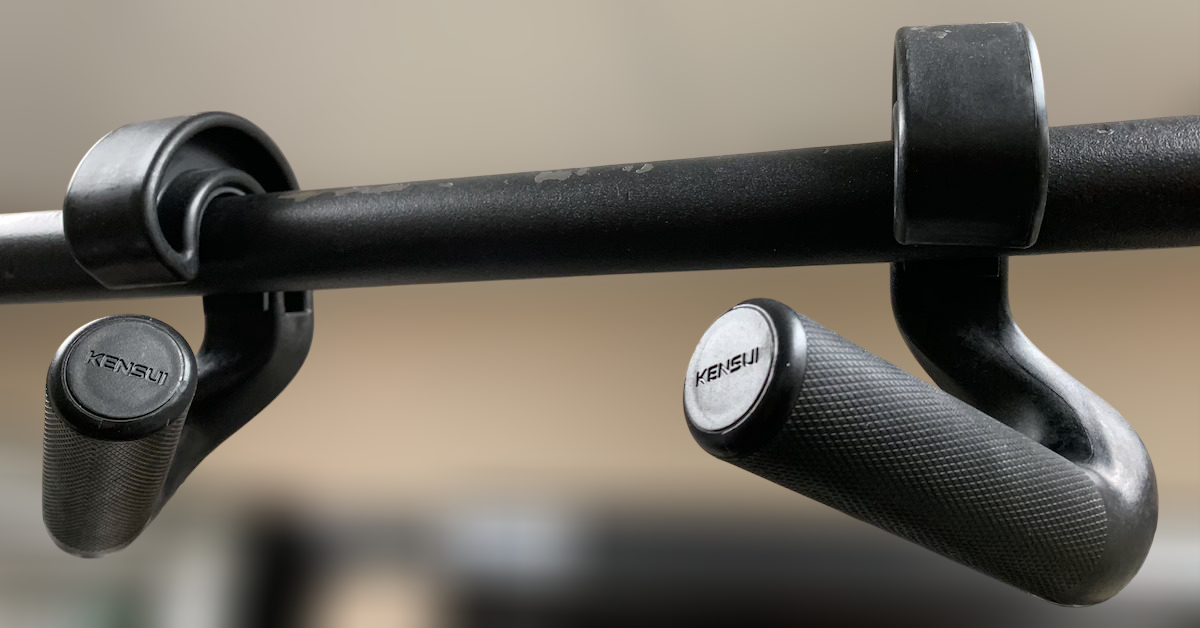Falls are the leading cause of injury-related death among the elderly (1). In fact, elderly patients are three times more likely to die following a ground-level fall compared to young adults (2). This is often due to weak bones. The common misconception is that seniors fall and then break their bones, but the sad reality is that their bones often break first—then they fall! That’s how fragile the average person becomes with age.
We all know the importance of “use it or lose it,” but what’s troubling is the belief that minimal effort can prevent bone loss. That’s simply not true! Weight-bearing exercise is crucial, but the load must be significant and applied to the axial skeleton, not just the appendicular skeleton. In other words, the spine should support the load, not just the limbs.
If you’re using exercise to prevent bone loss, make sure you’re doing it right. There’s a big difference between wrist curls and back squats—just like there’s a big difference between lifting two pink dumbbells and a heavy-loaded barbell.
Iron Man vs. Pepper Potts
Gwyneth Paltrow is an Oscar-winning actress who has done a great job promoting physical activity to the masses. However, her personal fitness regimen may not be ideal for bone health.
A few years ago, Paltrow revealed that she had osteopenia, a precursor to osteoporosis (3). She exercises regularly—up to six times a week—but believes weight training is only for muscle toning and that women shouldn’t lift more than three pounds (4). While multiple factors contribute to osteopenia, one has to wonder: would her condition be different if she trained less frequently with heavier loads?
If you want to improve bone density through exercise, here’s what the research says:
- Bone mass can be significantly increased with a strength regimen that uses high loads and low repetitions, but not with an endurance regimen that uses low loads and high repetitions (5).
- The stimulus required for effective bone remodeling appears to be a 1-10 repetition maximum load, or 85-100% of your one-rep max (6).
- Favor fast, explosive concentric (lifting) actions over slow concentric actions, and allow at least one day of rest between training sessions (7).
References
Stengel, S. V., Kemmler W., Pintag R., Beeskow C., Weineck J., Lauber D., Kalender W. A., Engelke K. (2005). Power training is more effective than strength training for maintaining bone mineral density in postmenopausal women. J Appl Physiol 99: 181–188.
How often falls occur. (2012). Learn Not to Fall
Cheng, J. (2010). For Elderly, Even Short Falls Can Be Deadly. University of Rochester Medical Center
Fisher, L. (2010). Is Gwyneth Paltrow’s Diet to Blame for Bone Disease? ABC News
Gwyneth Paltrow Diet, Exercise Routine, Workout Tips. Healthy Celeb
Kerr D., Morton A., Dick I., Prince R. (1996). Exercise effects on bone mass in postmenopausal women are site-specific and load-dependent. J Bone Miner Res 11: 218-225.
Kraemer, W. J. (1994). General adaptations to resistance and endurance training programs. In T. Baechle (Ed.), Essentials of Strength Training and Conditioning (pp. 135-136). Champaign: Human Kinetics.

Upgrade Your Pull-Ups with Swissies-SP Handles
Pull-ups are one of the best exercises for building back and arm strength—but not all pull-up bars are created equal.

How One Man Reversed His Diabetes Naturally in Just 7 Days
Not long ago, a couple in their mid-fifties came to see me for help with their health. Both were overweight,

No Time to Walk After a Meal? Do This Instead!
By now, most people know that getting in daily steps is essential for overall health. In particular, taking a short
follow
Error: No feed with the ID 2 found.
Please go to the Instagram Feed settings page to create a feed.
